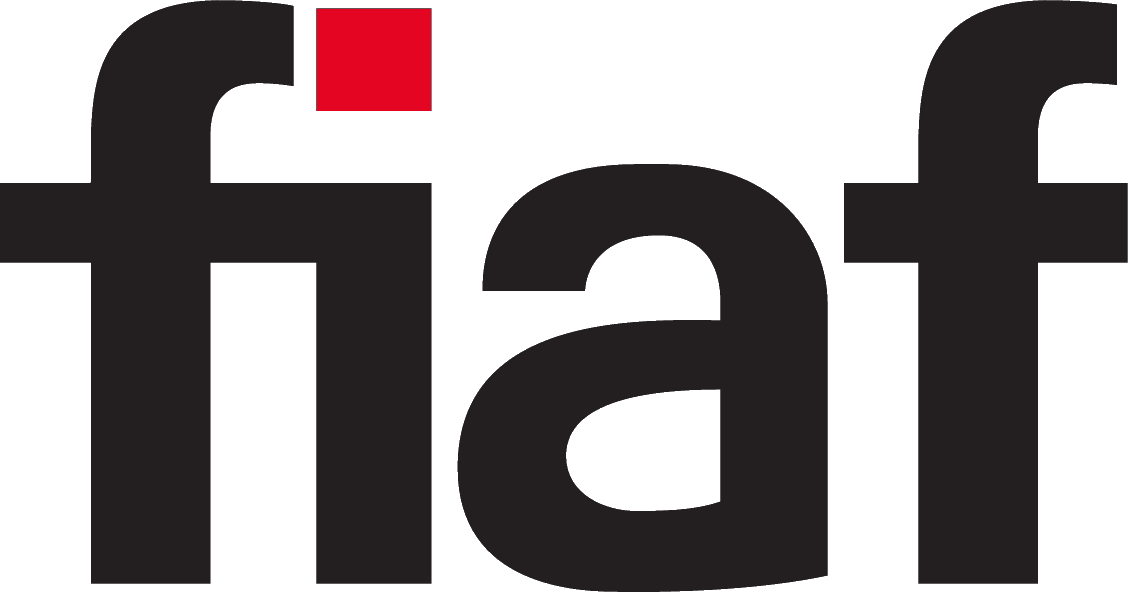Small-Gauge Film Materials Scanning Protocol

This document may now be accessed for free in PDF format HERE.
Small-gauge film materials have many idiosyncratic aspects, both in their materiality and in the contexts in which their images are produced. These films were generally shot in contexts outside professional filmmaking practices, such as home movies, amateur films, and experimental or artists’ films. Such film materials therefore constitute an irreplaceable representation of our film heritage, and provide an insight into our societies and the filmmaking process itself.
Small-gauge materials, usually made on acetate support, can reach a wide variety of preservation conditions and can present inventive and heterodox interventions (splicing, magnetic sound, camera processes). Due to the widespread use of reversible film stocks as well as these formats’ low print runs, the vast majority of these materials will be considered preservation masters in themselves and will probably be the only existing physical supports for the images they contain. The film archive technician who handles these materials must know in detail the care each format calls for, since their small size makes them particularly fragile and susceptible to inappropriate use.
The digitization of small-gauge materials is a work process divided into different stages, with the aim of producing a series of digital files that faithfully mirror the original images. The concept of “fidelity” implies the simulation of photographic characteristics in order to reproduce an audiovisual experience as close as possible to the original material.
Although desirable, a photochemical conservation chain system for these materials is almost impossible, considering the difficulties in duplicating prints and the huge amount of existing titles. The digitization process in no way replaces a film preservation process, but it can allow access to the images without compromising the integrity of the original print.
This protocol document is designed for the digitization technician working with small-gauge film materials from an archival perspective. We have identified four stages in the digitization process (identification, material organization, capture, and post-production), and for each stage there are recommendations for the necessary equipment and a sequence of tasks. Issues relating to digital preservation, which should preferably rest with another archival technician, are not addressed in this document.
This protocol was drawn up in 2020 during an internship programme at the Cinemateca Portuguesa-Museu do Cinema’s ANIM (National Archive of Moving Images) by Nerea Ganzarain and Carlos Saldaña, students of Elías Querejeta Zine Eskola. This work proposal has been specifically formulated for the Cinemateca Portuguesa and its MWA flashtransfer choice scanner with an Agiscan capture software suite, but may be adapted by other institutions.
This document was translated from Portuguese into English by Marta Lisboa and proofread by Catherine A. Surowiec. This work was financed by FIAF.
Carlos Saldaña, Nerea Ganzarain, and Tiago Baptista
November 2021





